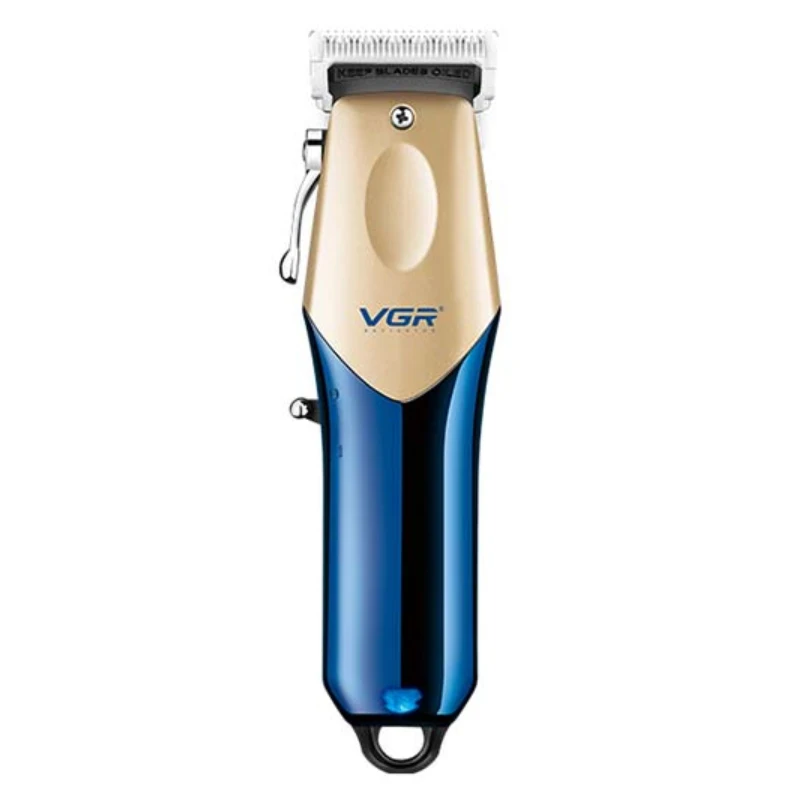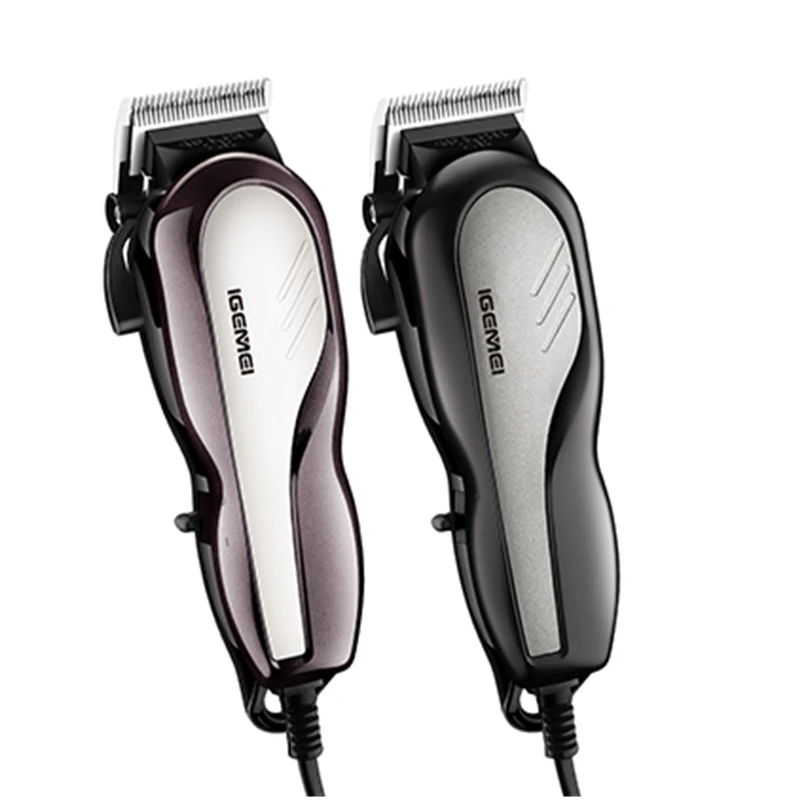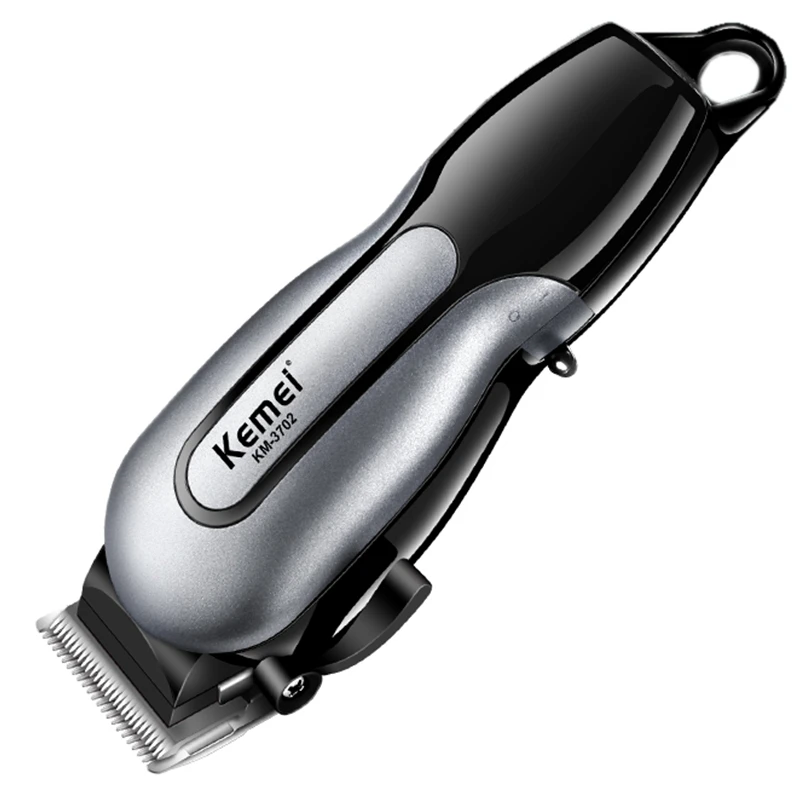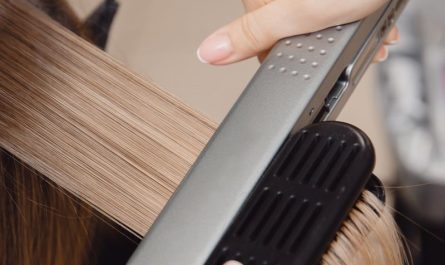Introduction:
When it comes to achieving the perfect haircut, hair clippers are an essential tool for professional barbers and home enthusiasts alike. One feature that often raises questions is the lever on the side of hair clippers. What is the lever on the side of hair clippers for? This seemingly small component plays a crucial role in achieving a variety of cutting styles and lengths. In this article, we will delve into the lever’s functionalities, how it impacts hair cutting techniques, and tips for maximizing its use.
The Anatomy of Hair Clippers
Before diving into the specific role of the lever, it’s important to understand the overall structure of hair clippers. Most clippers consist of various parts, including blades, guards, motors, and the lever itself.
Components of Hair Clippers
- Blades: The cutting mechanism, usually made of stainless steel, which can be either fixed or adjustable.
- Guards: Attachments that control the length of the hair being cut. They come in various sizes, denoted by numbers.
- Motor: The engine that powers the clippers, determining their efficiency and performance.
- Lever: Located on the side, this lever is often overlooked yet serves specific functions that enhance cutting precision.
Types of Hair Clippers
While the lever is common in many clippers, there are various designs and brands. Typically, clipper types can include:
- Corded Clippers: Offer continuous power and are often more powerful, making them popular among professional barbers.
- Cordless Clippers: These provide more mobility and flexibility during cutting.
- Adjustable Blade Clippers: These feature a lever that adjusts the blade’s close-cutting positions.
The Functionality of the Lever
So, what is the lever on the side of hair clippers for? The lever mainly serves two primary purposes: blade adjustment and versatility in cutting lengths.
Blade Adjustment
The lever functions as a mechanism that adjusts the distance between the blades. When moved, it can change the closeness of the cut. This means that a barber can go from a fade to a more blunt cut without needing to switch blades or guards.
- Fine Tuning: This allows for smooth blending between different hair lengths.
- Quick Adjustments: Hair professionals don’t have to stop their cutting process to change guards or attachments, thus saving time.
Versatility in Cutting Lengths
With the lever, barbers can achieve a more varied haircut by adjusting the length on the fly. The specifics are straightforward:
- Wide Open Position: The lever is generally pulled down, allowing the blades to move farther apart. This results in a longer cut.
- Closed Position: Pushing the lever up brings the blades closer, providing a shorter cut.
How the Lever Enhances Technique
Understanding the implications of the lever can significantly improve not just the haircut, but also the barber’s skill set.
Fade Cuts
Fade cuts are among the most sought-after styles and can be refined more easily with the lever. By using the lever for gradual blending, barbers can create a seamless transition between longer and shorter hair.
- Taper Techniques: Moving the lever exactly where needed while cutting hair allows for almost invisible transitions.
- Multiple Lengths: This enables the barber to experiment with various lengths in one haircut, empowering creativity.
Texturizing
Texturizing is another technique where the lever becomes invaluable. When combined with clipper-over-comb techniques, the lever can provide different texture designs without using scissors.
- Layering: Use the lever to create more layers in the hair, providing depth and definition.
- Spike Styles: The lever aids in creating spikes at the tips without losing volume.
Tips for Using the Lever Efficiently
Understanding the lever’s purpose is one thing, but mastering its use takes practice. Here are some effective tips:
Learn the Range
Familiarize yourself with the full range of the lever. Spend time cutting hair at both extremes—fully open and fully closed—to appreciate the differences.
- Practice on Different Hair Types: Different hair types respond differently, so practice on a few various hair textures.
- Test Different Lengths: Experiment with various guards alongside the lever adjustments to understand how to achieve the look desired.
Blend Carefully
When working on complex styles like fades or undercuts, always use the lever for gradual blending.
- Work Slowly: Don’t rush through these sections; take your time to perfect the transitions.
- Check Frequently: Regularly step back and evaluate the cut from different angles to ensure evenness.
Consistent Pressure
Maintain consistent pressure on the clippers for an even cut. The lever should adjust the cut length, not alter the pressure applied.
- Avoid Overuse: Don’t move the lever too frequently; instead, try to master a few lengths before adding complexity.
- Controlled Movements: Keeping a steady hand will create a more professional cut overall.
Common Mistakes to Avoid
Even experienced barbers can occasionally overlook the lever’s importance. Here are some pitfalls to watch for:
Neglecting to Practice
Like any skill, perfecting the use of the lever requires practice.
- Prolonged Ignorance: Avoiding the lever can limit your versatility as a barber and constrain your work to basic cuts.
- Lack of Experimentation: Be adventurous! Trying new techniques may enhance your understanding and boost your cutting efficiency.
Overcomplicating Styles
Some stylists get too overzealous in their attempts to appear advanced, leading to confusion.
- Stay Basic First: Master simple styles using the lever before moving to more complex techniques.
- Piloting Personal Trends: Be cautious about reinventing the wheel. Well-known styles often work best.
The Importance of Maintaining Your Clippers
While the lever is a crucial aspect of the clippers, maintenance should never be overlooked.
Regular Cleaning
Keeping the blades clean is essential not only for hygiene but also for performance.
- Debris Removal: Hair, skin, and product buildup can affect how well your clippers operate.
- Oil Blades: Regularly oiling blades can help maintain sharpness and function, allowing the lever to perform optimally.
Professional Servicing
At least once a year, have your clippers serviced by a professional. This can address any mechanical issues that arise alongside wear and tear.
- Blade Replacement: Over time, blades can become dull, affecting performance. Having professionals sharpen blades ensures optimal cutting.
- Motor Checkups: Ensure that the internal motor remains in good condition for a longer-lasting tool.
 Alternative Hair Cutting Tools
Alternative Hair Cutting Tools
Scissors
Scissors are a traditional hair-cutting tool that allows for precision and detail, especially in layered cuts. Users often employ them in combination with clippers for a polished look.
Thinning Shears
These specialize in reducing bulk and blending hair. Thinning shears can be used alongside clippers equipped with a lever to create various styles and textures.
Hair Trimmers
For detailed work around the edges and contours of the hair, hair trimmers are handy. They provide the finishing touches that clippers may not achieve alone.
Conclusion
In summary, the lever on the side of hair clippers is more than a simple accessory—it is a significant functional feature used in professional hairstyling. What is the lever on the side of hair clippers for? It primarily facilitates blade adjustment and enhances versatility in cutting lengths, making it an invaluable tool for achieving a variety of styles. Mastering its use can dramatically improve your cutting technique, whether you are a professional barber or someone looking to give themselves or others a haircut. Remember, practice is key; take the time to experiment, maintain your equipment, and constantly improve your skills for the best results in hairstyling.



